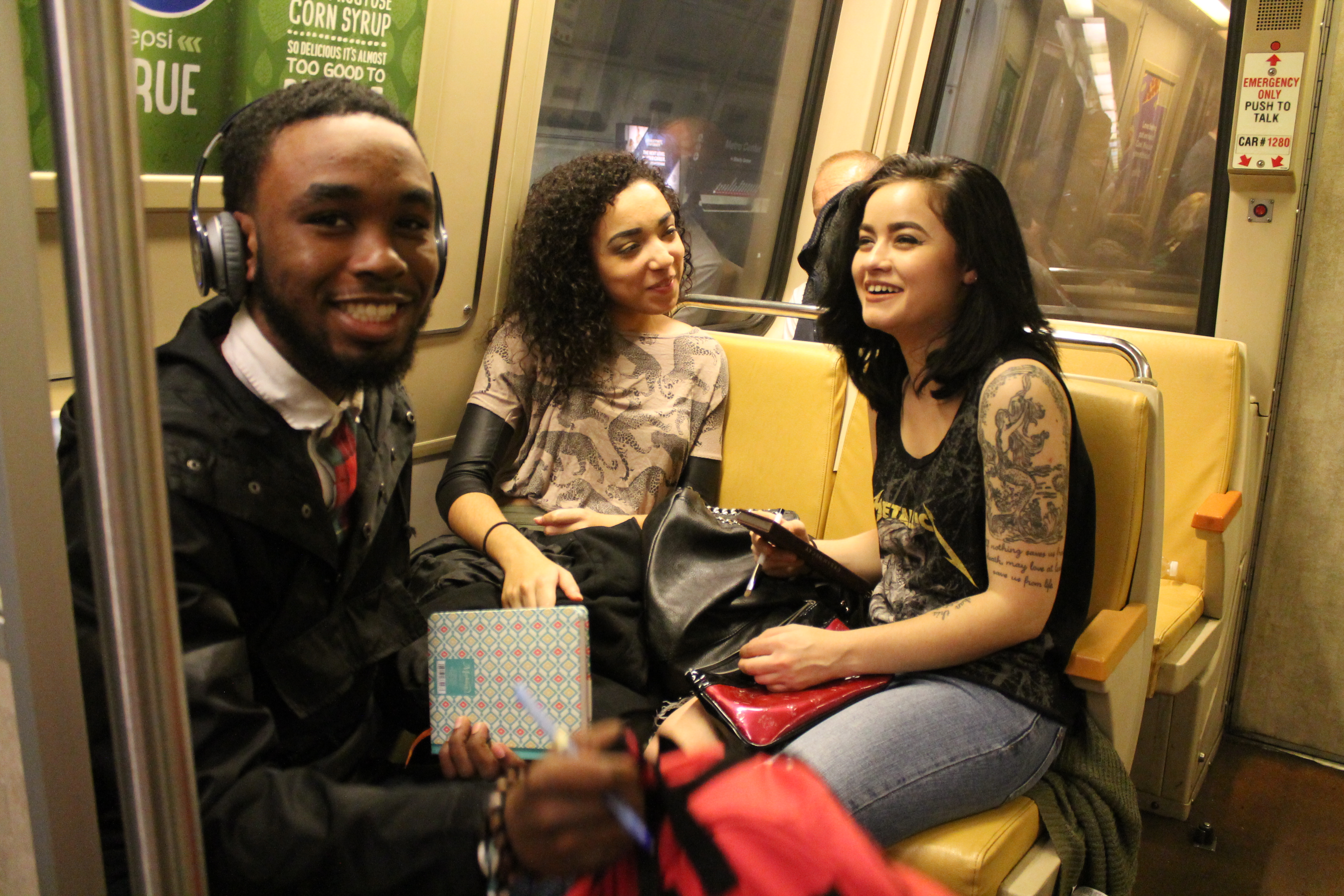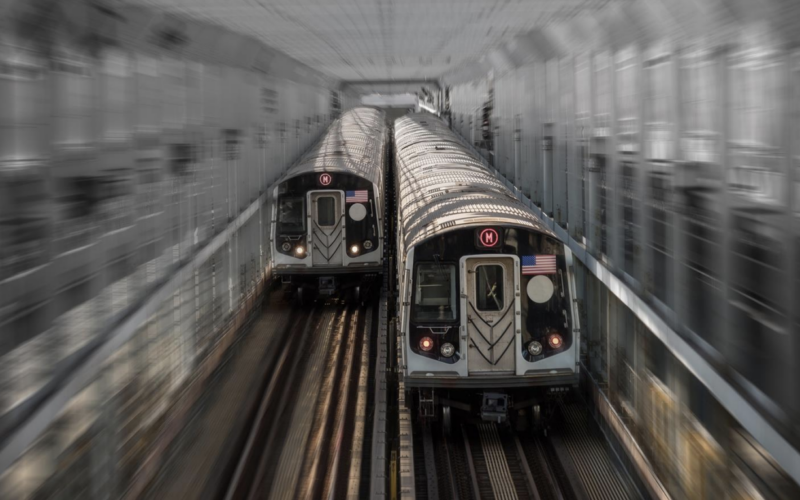
A rare sighting of “millennials” on DC’s Metro
Washington, DC’s Metrorail has been in an extended period of crisis, culminating in the emergency mid-week shutdown of the entire system in March 2016. Later that year, the Washington Metropolitan Area Transit Authority announced “Back2Good,” an effort to improve reliability by quickly replacing old rail cars, improving incident response, and more intensive track work. As heavy maintenance work continues – the most recent example being the closure of two stations on WMATA’s Red Line, transit advocates and observers have asked: Will riders come back?
A more specific question might be, which riders will come back? One analysis finds that, over the past two years, younger people have been the least likely to return to Metrorail.
TransitCenter was provided with analysis of two years of data by Teralytics, a tech company that partners with telecom networks operators to analyze aggregated movement data from mobile devices. Teralytics analyzed weekday Metrorail usage for all people who lived or worked in the Washington, DC area between April 2016 and April 2018, and who did not change their home or workplace in that time. Teralytics’ sample included customers from one of the “big four” wireless carriers; the identity of the carrier was not made available, but the sample includes more than 25% of the DC-area population. It was extrapolated to represent the entire population of the region.
The Teralytics analysis indicates that the younger a person was, the less likely they were to return to using Metro. During weekdays in April 2018, people aged 60+ took only 5% fewer trips on Metro than they did in April 2016. But those 29 and under took 21% fewer trips.

Teralytics similarly examined weekend Metrorail usage. They found an even more pronounced age pattern.

On weekends, riders over 50 actually used Metrorail slightly more in April 2018 than they did in April 2016. But younger riders stayed away, with those under 30 taking 40% fewer trips on Metrorail.
During the two years captured in the Teralytics dataset, reliability on Metrorail increased, but did not make it to what many would consider “back to good.” WMATA also curtailed off-peak service, making the rail system less relevant to third-shift workers and late-night travelers. In May of 2016, the agency cut late-night service to allow more time for maintenance; trains had been running as late as 3 a.m. on weekends but were cut back to midnight. In Spring 2017, the agency further reduced operating hours and cut off-peak service frequency.
During the same time period, additional transportation options entered the DC scene. Uber, Lyft, and other “transportation network companies” grew rapidly (Washington, DC does not collect detailed data on the services, but 42,000 drivers were reportedly on Uber’s platform in 2017, up substantially over previous years). Use of TNCs is highest among people under 30, according to research from UC-Davis. There are also indications bike commuting has continued to climb. Capital Bike Share usage rose in 2016 and 2017, while dockless bikeshare and scooters also proliferated in the District (though scooters’ appearance came near the end of the two-year analysis period).
Metrorail ridership has fallen by over 12% since 2016, and major surgery on the rail system is far from over. It bears watching whether other large-scale repair-related rail shutdowns coming up in the next year in systems with declining ridership — Los Angeles Metro’s Blue Line and New York’s L-train — will suffer similar structural loss of patronage.
WMATA, like the MBTA and New York MTA, managed to tank at the precise moment that other urban travel options boomed and caught the public’s imagination. Big city transit has its work cut out to produce service attractive enough to rebuild ridership.
Note: The reported age of people in the Teralytics sample here was their age in April 2017.
 Surmounting the Fiscal Cliff: Identifying Stable Funding Solutions for Public Transportation Systems
Surmounting the Fiscal Cliff: Identifying Stable Funding Solutions for Public Transportation Systems
Urban Institute's latest report, "Surmounting the Fiscal Cliff," seeks to understand why transit agencies—unlike many other public services—continuously face fiscal instability.
Read More On the Brink: Will WMATA’s Progress Be Erased by 2024?
On the Brink: Will WMATA’s Progress Be Erased by 2024?
The experience of being a WMATA rider has substantially improved over the last 18 months, thanks to changes the agency has made like adding off-peak service and simplifying fares. Things are about to get even better with the launch of all-door boarding later this fall, overnight bus service on some lines starting in December, and an ambitious plan to redesign the Metrobus network. But all of this could go away by July 1, 2024.
Read More